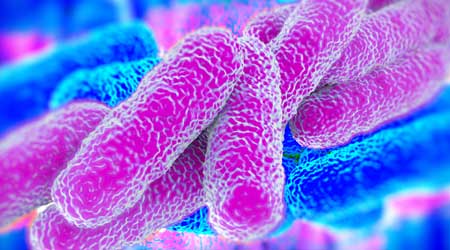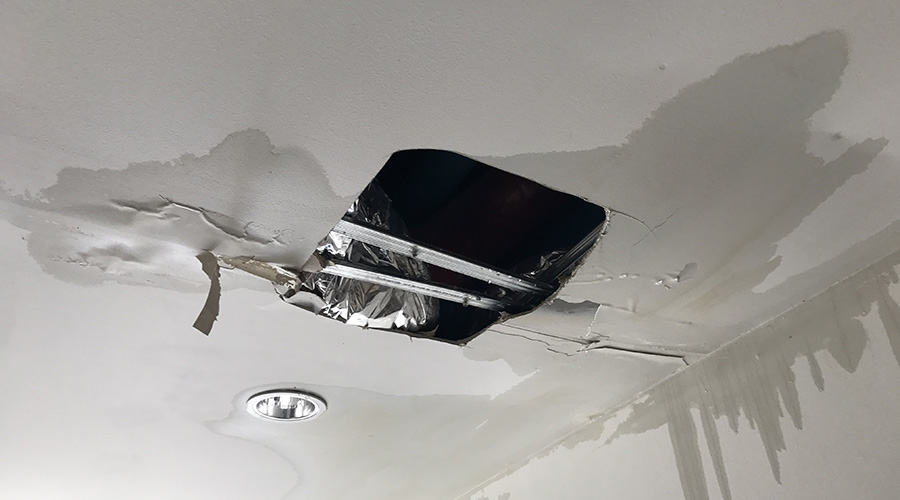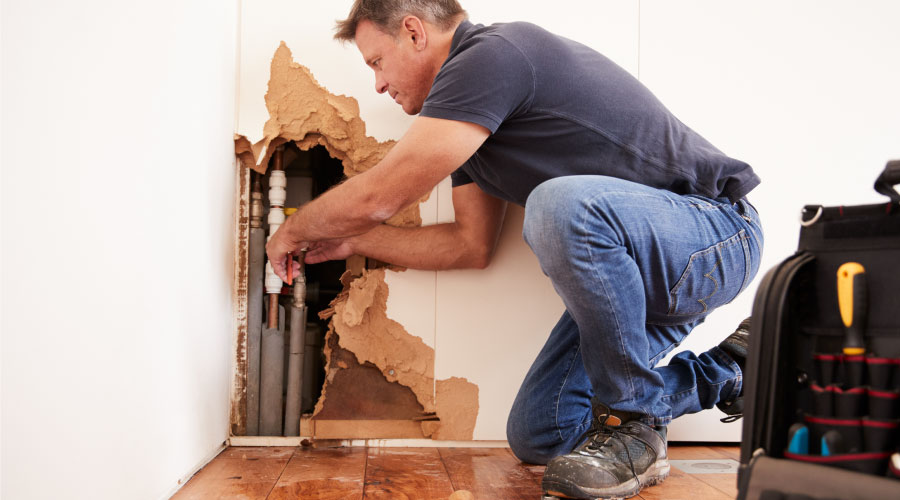 Preventing Legionnaires’ disease remains a top priority in effective plumbing and restroom maintenance
Preventing Legionnaires’ disease remains a top priority in effective plumbing and restroom maintenanceStrategies for Preventing Legionnaires' Disease
Preventing Legionnaires’ disease remains a top priority in effective plumbing and restroom maintenance
A water management program to address the formation of Legionella not only requires a review of potential bacteria sources. It also should determine where testing will occur. Depending on the nature of the water processes associated with a location, these locations will be for monitoring.
The CDC has established the protocols for collecting Legionella culture samples during a cluster or outbreak investigation or when cases of disease might be associated with a facility. The CDC directs that sampling should only be performed after a thorough environmental assessment and a sampling plan is established, and it provides a thorough list of materials needed to perform testing, noting optional materials that might provide additional assistance.
The CDC also has published a recommended sampling strategy The toolkit is supplemented with copies of a Legionella environmental assessment form, sample data sheet, and a series of Legionellosis outbreak investigation and how-to videos. A summary of CDC sampling procedures and strategies includes:
• sampling potable water at points of use
• sampling potable water at water heaters
• sampling whirlpool spas
• potential sampling sites for various uses and points of use
• sampling cooling towers
• other possible sources, including decorative fountains, sprinkler systems, safety showers, eyewash station, humidifiers and systems with sumps.
One method of Legionella testing is the culture method, which takes about 10 days to complete. Another testing method is the polymerase chain reaction (PCR), which takes only a few hours to complete. A laboratory-preferred method for drinking water and environmental samples is the direct fluorescent antibody (DFA) method.
When a manager calls in a Legionella testing laboratory to sample water, the laboratory can use two primary methods: swab and bottle.
Swab sampling involves collecting a surface sample with a sterile swab. It is not used frequently because the spread of Legionella occurs through individual bacteria floating in an aerosol or spray, and swab samples do not permit quantitation of Legionella in water producing an aerosol or spray.
Bottle bulk water sampling is the most common method. This process consists of collecting water from potable water fixtures or mechanical equipment containing warm water. Bulk water sampling permits the quantitation of the numbers of Legionella per a specific volume of water.
Routine testing might confirm the presence of the Legionella bacteria but might not predict the transmission risks. Just because the bacteria is present does not indicate infection. It is not unusual to get a range of results from various tests and labs when samples are drawn from the same location.
Related Topics:














